Festivals in Sri Lanka reflect the traditions and cultural norms that have been treasured for years. Running across the Sri Lankan calendar, the islanders look forward to celebrating Ramadan, Sinhala and Tamil New Year, and Easter. Each festival carries a remarkable significance. Adding spark to the festive celebrations, communities embrace unity and diversity, indulging in the festive spirit of April.
Words Swetha Ratnajothy.

Ramadan Festival Ramadan fasting begins on April 2. The holy month of Ramadan recalls the significant revelation of the Holy Quran to Prophet Muhammad. Fasting during the holy month is one of the five pillars of Islam. Muslims worldwide prepare to begin the month of fasting by engaging in acts of charity, righteous deeds, and thanksgiving to reflect their faith and devotion. Ramadan is a time to devote to prayers. In addition to the daily obligatory prayers, Muslims start the day with Tahajjud prayers, proceeded by the morning meal, Sahar.
Sahar is the early morning meal consumed before fasting, and it is a practice to consume a healthy meal to remain fit for the rest of the day during the fast. Following the morning meal is the Fajr, the Morning Prayer where men go to mosques and women recite their prayers at home. However, some mosques have separate areas for women to recite their prayers during Ramadan. Mostly, the day is spent in prayers, reading and reciting the Quran, listening to sermons, and spiritual speech. There are prayers to recite at night as well. Muslims recite the Salah (obligatory prayers, performed five times a day) and Nafil (supererogatory prayers, prayers performed at will) to seek the benefits from the Almighty.
After sunset, Muslims, upon reciting Maghrib prayers, gather in homes or mosques to break their daily fasts. It is called Iftar, which usually begins with dates, apricots, water, or sweetened milk. It is also served with samosa, rolls, cookies, dried nuts, and fruits. Mosques prepare kanji, made of rice with beef, chicken, or mutton and vegetables (porridge), and distribute to devotees, who break fast at mosques. It is quite common to see families sharing kanji and other snacks with neighbours. During the month of Ramadan, many hotels and restaurants organize sumptuous spreads of Iftar meals for their patrons. It is a custom for Muslims to help the less fortunate by donating dry rations daily during the holy month of Ramadan. Zakatul-Fitr is part of the festival, where two and a half kilo-grams of dry rations are donated before the festival day. Devotees begin and end fasting with the sighting of the new moon. The Grand Mosque makes the announcement to declare the start and end of the fast. The festival is celebrated with the sighting of the new moon, as confirmed by Maulavis (Muslim religious leaders) and reliable witnesses.
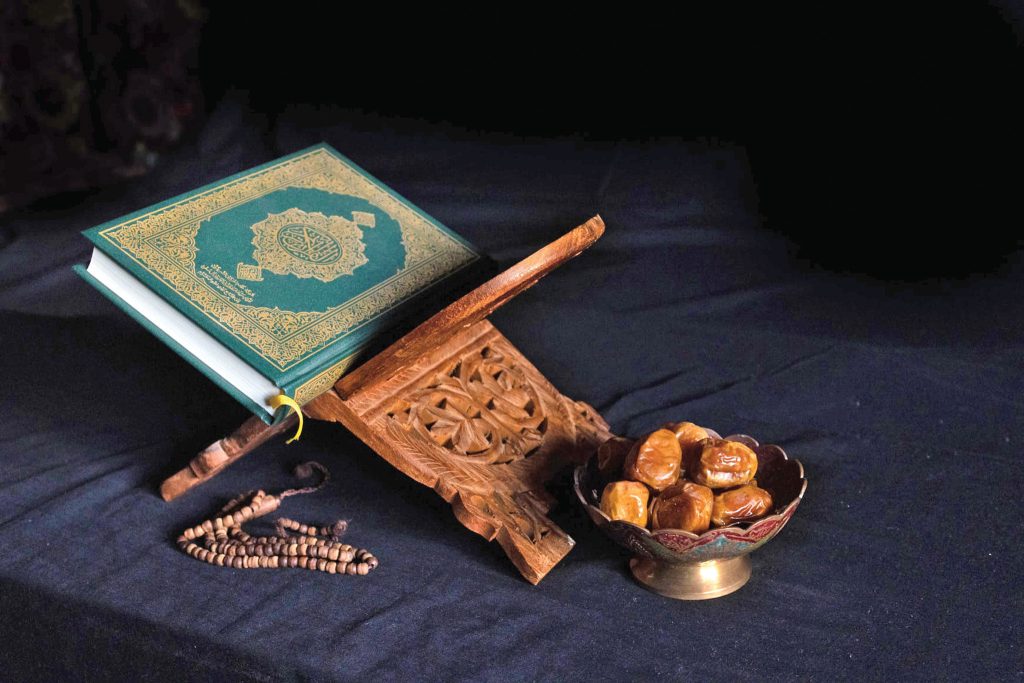
Quran is the sacred scripture of Islam.
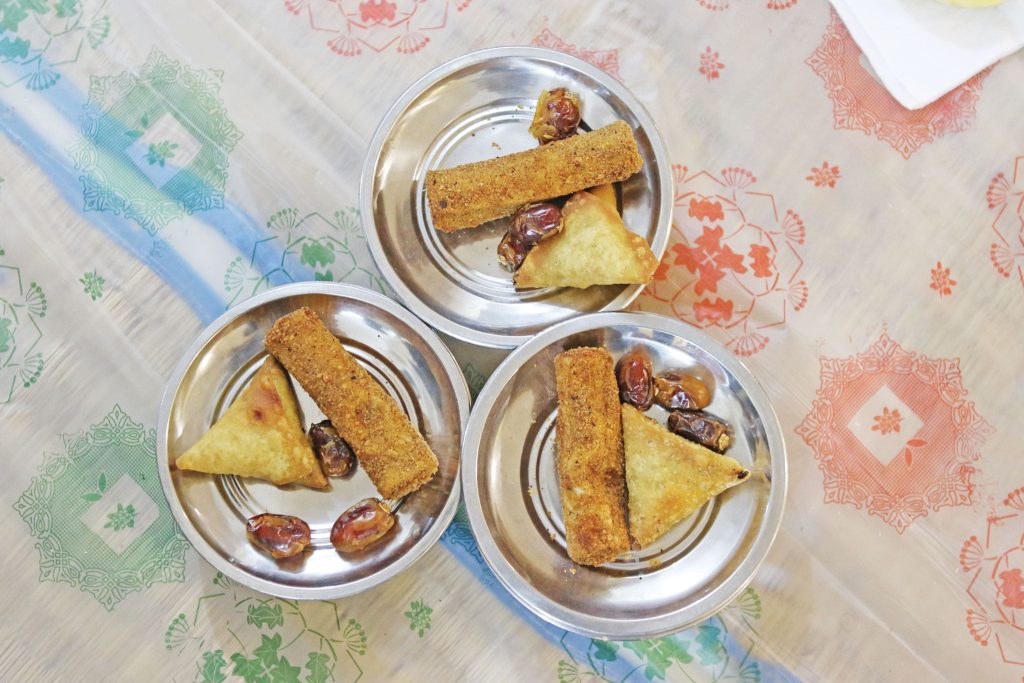
Iftar is the evening meal served to break fast.
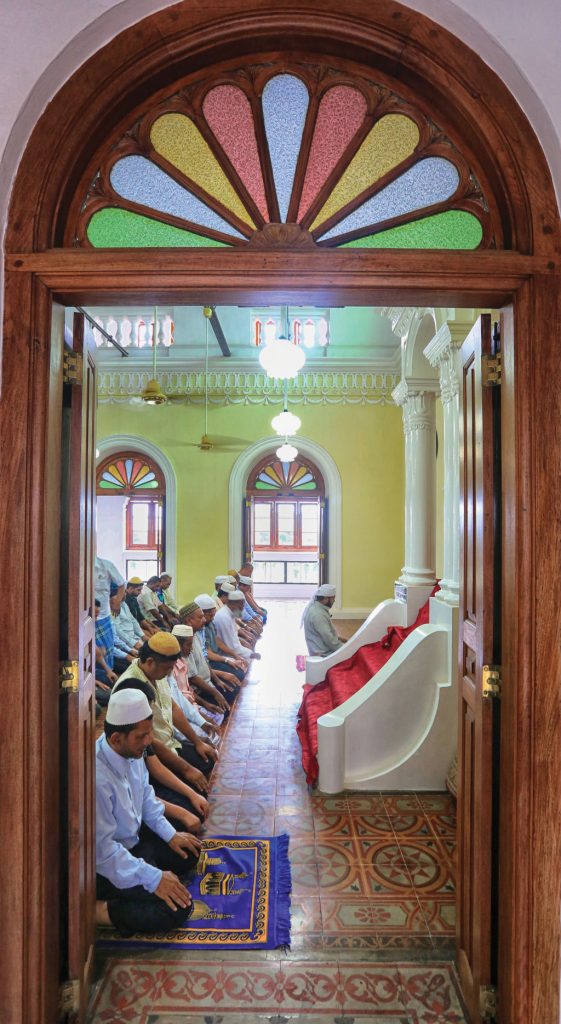
Muslims devote more time to prayers during the holy month of Ramadan.
The festival begins with the reciting of prayers at sunrise. The spirit of the festival pervades in the air. Dressed in new attires, men visit large open areas for prayers and exchange greetings and wishes. There is a separate area for children and women to gather and recite prayers. Visiting extended families and relatives to share gifts and sweets is part of the celebrations. Then begins the gathering of families for the grand feast.
To add to the festive spirit is the mouthwatering biriyani, served on a Sawan, which can be enjoyed by five to six people. The rich, spicy and delicious Sawan is a large platter of biriyani spread with roast chicken or meat and other delicacies such as boiled, fried egg, Malay pickle, Maldive fish sambol, mint sambol, green peas and cashew gravy, raitha, and slices of pineapple. It is completed with the delightful wattalapan or muscat and other types of sweets.
Sawan is the legacy of the early Arabs, who crossed oceans to buy the Island’s spices and precious stones. It is believed that their descendants and followers of the Islamic faith have kept preserving the meal, thereby adding it to their community practice. Today, almost everyone has enjoyed and loved it, regardless of ethnicity. It is a symbol of starting and ending together, a sign of sharing and bond.
Ramadan is seen as a time to practice self-restraint and self-reflection and a way to cleanse the soul. United to-gether, as a community, they fast and engage in kind acts, which reflects their strength. The conclusion of Ramadan is celebrated grandly, with the recital of prayers sharing gifts and meals with families and friends.
Sinhala and Tamil New Year
April 14
The calling of the Asian Koel (Koha) is a sign that signifies the arrival of the Sinhala and Tamil New Year. The dawn of a New Year is a time to revel in celebrations that draw the Sinhala and Tamil communities to rejoice in the festive spirit. New Year, called ‘Aluth Avurudda’ in Sinhala or ‘Puthandu’ in Tamil, evokes unity, prosperity, and good fortune. The festival celebrates the island’s traditions, customs, and religious practices. It is the time for every islander to enthusiastically look forward to indulging in the week-long festivity with their families.
The New Year symbolizes the beginning of the summer season, with lush greenery and nature’s lovely offerings. Plenty of attractive and aromatic flowers overflow in abundance. It is the time to spot seasonal fruits such as Kaju Puhulan, Rambutan, Jackfruit, Mangoes, and flowers like Ehela (Golden-Rain Tree), Mai (Poinciana blooms), and Erabadu bloom (Indian Coral Plant).
The Sinhala and Tamil New Year symbolize the sun’s movement from Pisces (Meena rashiya) to Aries (Mesha rashiya), marking the end of the harvest season. The New Year brings an abundance of positivity and flourishing vibes that spread in the hearts of the islanders.
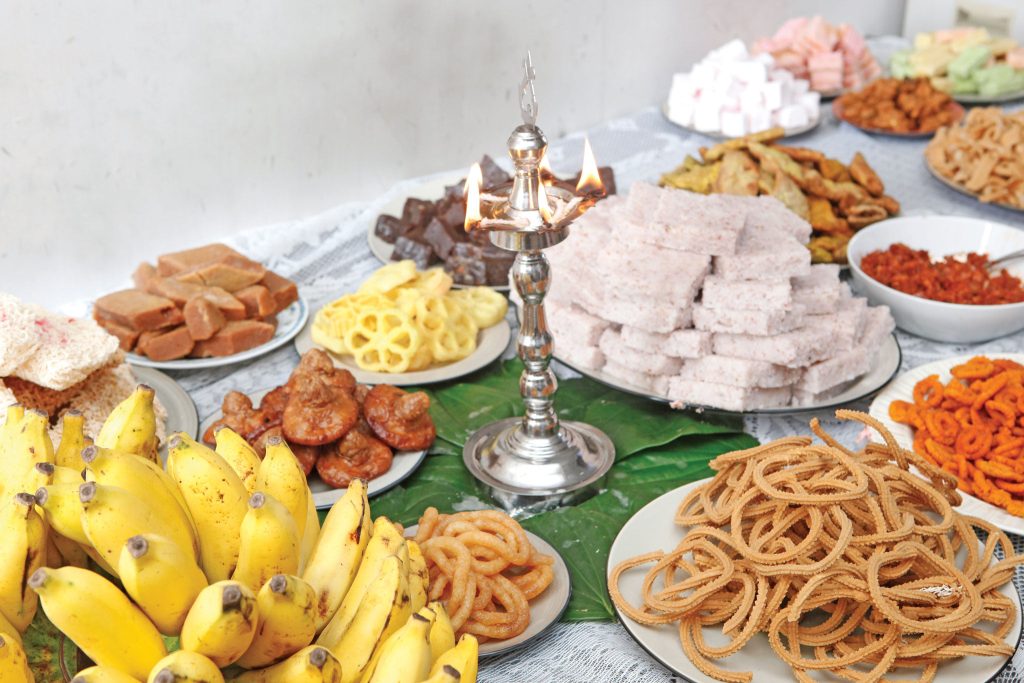
A lavish spread of traditional sweetmeats is a highlight of the festival.

Religious sites conduct special poojas to welcome a peaceful and prosperous new year.
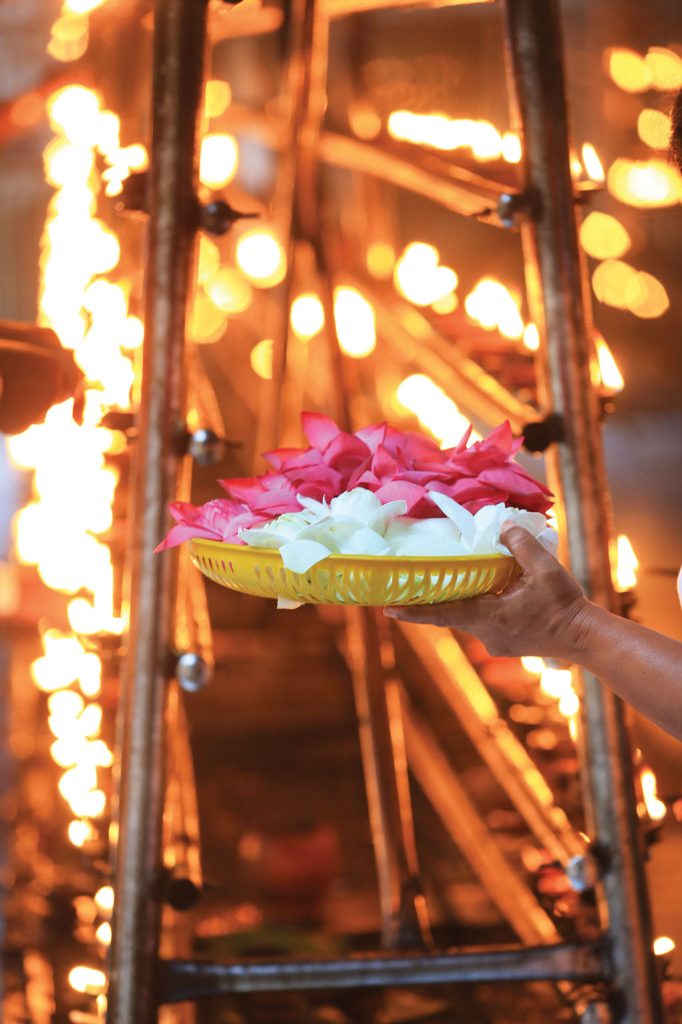
Devotees visit temples to invoke blessings.
The festival is intertwined with several customs and traditions unique to each community. Buddhists follow the ‘Nekath Seettuwa’, a schedule of the auspicious timings indicating the dawn of the New Year, lighting of the hearth, cooking and serving of the first meal, anointing oil, and leaving for work. During Nonagathaya or Punya Kalaya, the neutral period (before the old and new year), activities such as cooking, studying, and engaging in business are avoided. People spend their time in spiritual practice. Children and elders look forward to specific timings for Ganu Denu, giving and receiving gifts and cash. Hisa thel gama (anointing oil) and other customs are held according to auspicious timings.
Each ritual has a meaning and is carried out with utmost care. The tradition of offering betel leaves to parents and elders reflects the act of paying gratitude. Each community has a significant color that is specific for each year. Shops are filled with attires of unique designs catering to everyone’s style. Everyone looks forward to don in style and welcoming a flourishing new year. Be it the vibrant shades of sarongs and complementing shirts and contemporary attires or the traditional osariya (Kandyan style) as preferred by the Buddhists.
Sinhala and Tamil New Year brings an abundance of positivity and flourishing vibes that spread in the hearts of the islanders.
Most Hindu men wear veshti with subtle or vivid colored shirts while young girls dress up in striking half sarees or pavadai sattai (skirt and blouse) and dazzling sarees. The ambiance is filled with the festive vibe that pervades in the air. Hindus clean the house, sprinkle turmeric water, adorn the floors with intricate kolam patterns, and the doorway with mango leaves at the breaking of dawn. Deities in shrine rooms, decorated with flowers and garlands, placing of the kumbam with coconut and mango leaves, and the fragrance from incense sticks – all create a divine ambiance. The ritual of placing Maruthu Neer (herbal water boiled with saffron and selected leaves and flowers) on the head before having a bath has its significance. Donned in striking new attire, elders and children joyfully await to begin the rituals. Families visit temples to seek blessings and participate in poojas performed by the priests.
At home, elders make the first transaction (Kai-vishesham) at the auspicious time by giving cash to young members in the households. At the auspicious hour, Sinhalese and Tamils light traditional oil lamps. Arrangements are made for the lighting of the hearth and boiling of milk in pots. A much anticipated moment is when the milk brims to the top and spills over, symbolizing a year flowing with good luck and prosperity.
Creamy Kiribath accompanied with lunu miris, delicious ambul thiyal, and other sweet delicacies are part of the spread of the festive table. Hindus, upon boiling milk, prepare sweet Pongal and indulge in the spread of sweetmeats. Sharing and exchanging sweetmeats with neighbors, relatives and friends convey the message of bonding and recalling the strength of the nation’s customs. There is much hype when it comes to the preparation of Avurudu sweets. Households make a tasteful spread of sweet delicacies from the classical Konde Kevum to crunchy kokis, prepared in the shapes of flowers, butterflies, and stars. The fluffy, fried Adhirasa, crispy Aasmi with drips of pink caramelized syrup creating pretty patterns, slices of sweet Dodol, diamond-shaped Aluwa, Aggala, and Narang kevum are some of the customary ones.
Hindus prepare two types of laddu – Boondi or Rava laddu. Murukku are spiral, flat, deep-fried savory crunchies. The sweeter version is the Seeni Murukku, which is dipped in sugar coating. Paasi payuru urundai or Narang Kavum is another favorite, and the flat, crunchy Paruthuthithurai vadai from Point Pedro or fluffy Ulundu vadai are popular too. The celebration of the New Year is heralded by crackers, playing the Raban, and organizing Avurudu Uthsavaya, which includes joyous competitions and avurudu games that children and adults partake in. Games such as Olinda Keliya (a game involving a chart and bright red Olinda seeds), Pancha Keliya (a board game played with seashells and a coconut shell), Onchilla padima (swinging), Bambara Sellama (a game of spinning tops for children), Greese gaha nageema (climbing the greasy pole), Kotta-pora (pillow fight), Kamba Adeema (Tug of war), bunis kema (eating buns), Aliya asa thabeema (where participants must place the eye on a drawn elephant), Kana mutti bideema (hitting the clay pot), Gal Keteema (Balancing pebbles) and Gama haraha divima (cycle races and marathon). The Avurudu Ulela draws communities of all age groups together. It is a pageant for choosing the young, handsome Avurudu Kumaraya (Prince) and beautiful Avurudu Kumariya (Princess). The joyous festival is celebrated in a multi-ethnic atmosphere to welcome a prosperous and peaceful new year while reminiscing the festival’s age-old traditions and importance.
Easter
April 17
Easter or Resurrection Sunday recalls the resurrection of Jesus Christ three days after being crucified in Calvary. Easter concludes the ‘Passion of Christ, which begins with 40 days of fasting – Lent and is concluded by the Holy Week. Holy Thursday and the crucifixion of Jesus Christ on Good Friday is a part of the Holy Week, which ends on Easter Sunday. The Easter Vigil on Holy Saturday is the highlight of the Easter festival. Churches throughout the island make arrangements to hold mass services during the evening on Holy Saturday and on Sunday morning. Devotees engage in the recital of prayers with families. The priest blesses the fire lit outside. Then the Easter candle is lit with the sacred fire. Devotees would then light their own Easter candles and carry them inside the church before the beginning of the service. During the service, water would also be blessed by the priest.
Easter is celebrated as a joyous occasion. On Easter Sunday, Christians rejoice and celebrate the resurrection of Jesus Christ.
Easter is celebrated as a joyous occasion. On Easter Sunday, Christians rejoice and celebrate the resurrection of Jesus Christ. Families and friends gather together in fellowship to mark a day of immense spiritual significance. Easter Egg hunts, chocolate Easter bunnies, and chocolate Easter Eggs add fun while helping children understand the meaning of the day.
The tradition of dyeing and coloring Easter eggs is ancient, and its origin is obscure. The practice of decorating and making Easter chocolate eggs are part of the festival. Families rejoice in the festive spirit with their loved ones with the prepa-ration of delightful spreads. Easter brunches and lunch are also hosted in several hotels across the island.
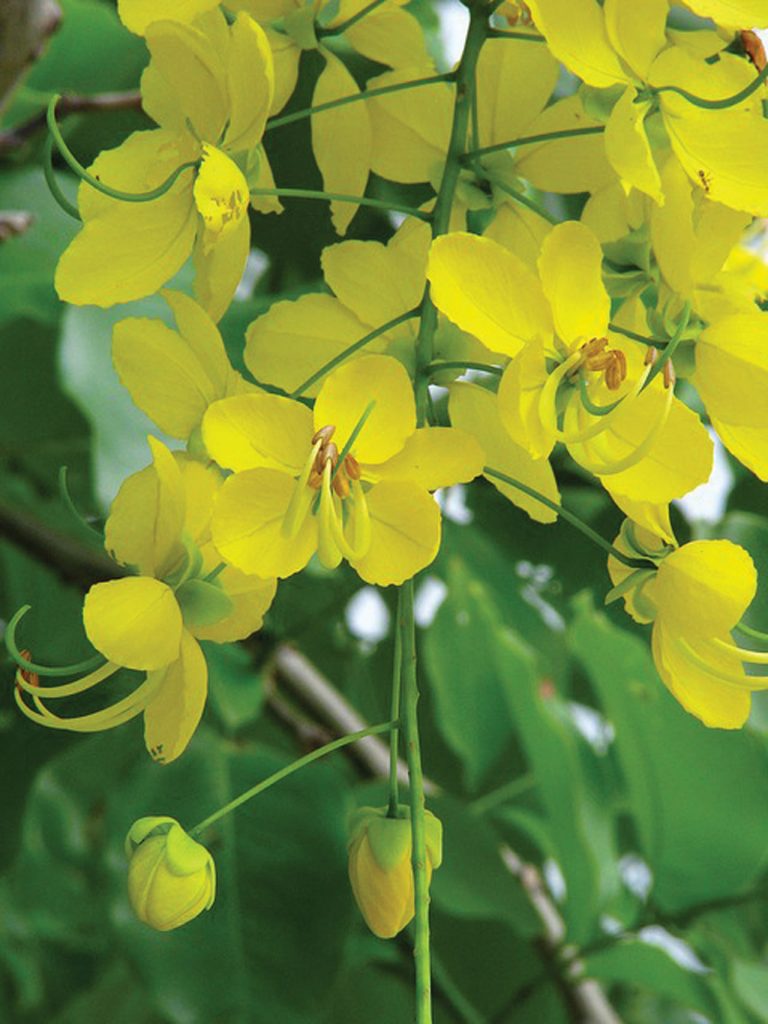
Ehela (Golden-Rain Tree).
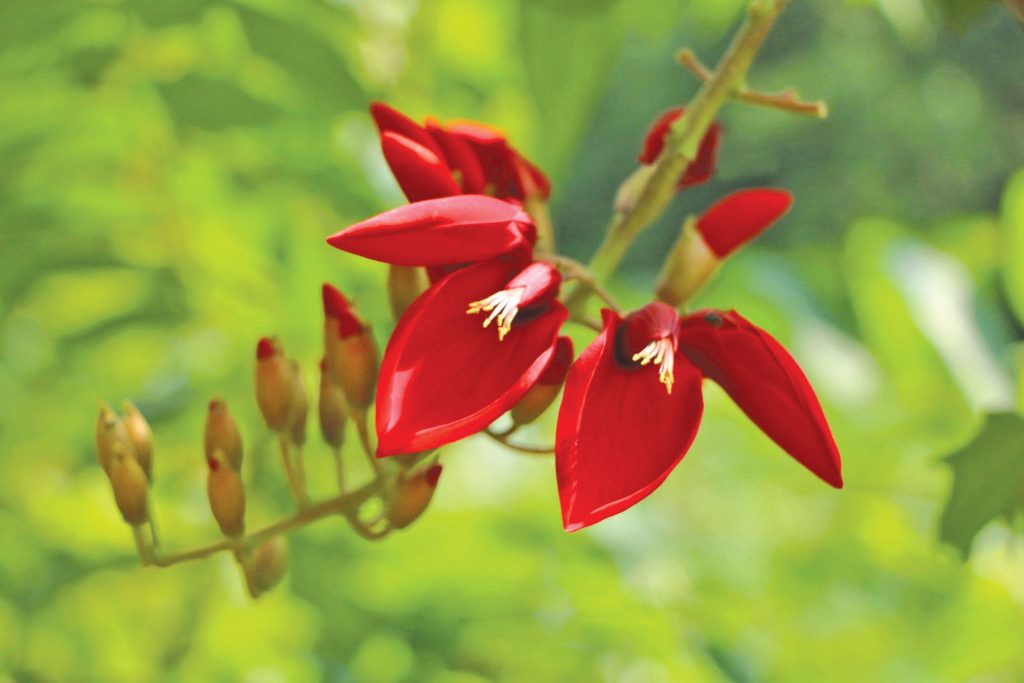
Erabadu bloom (Indian Coral Plant).
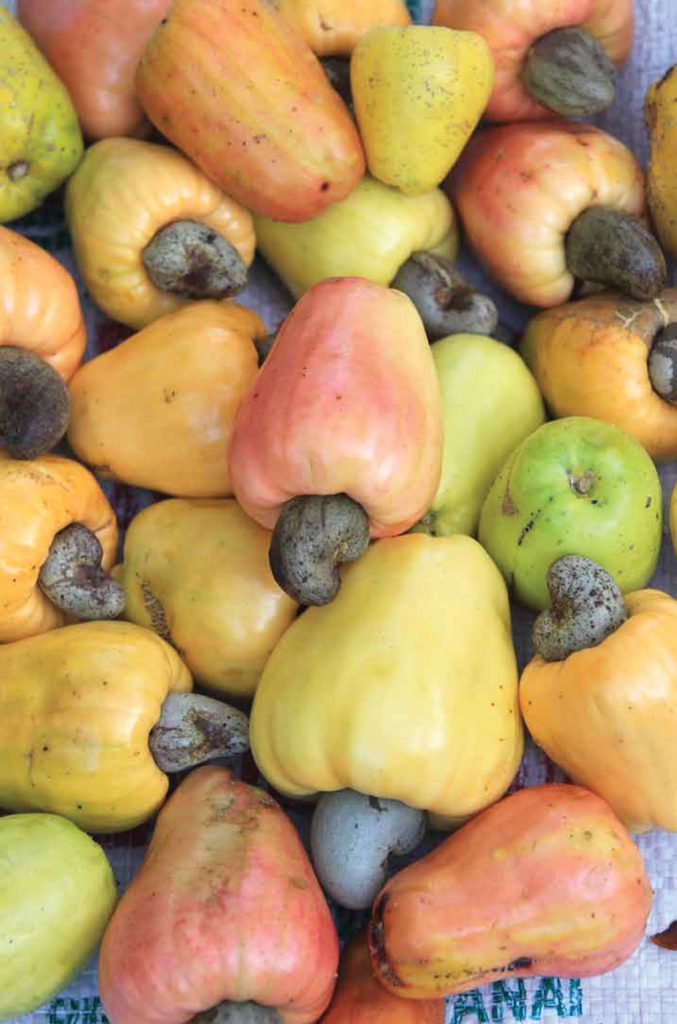
Kaju Puhulan.
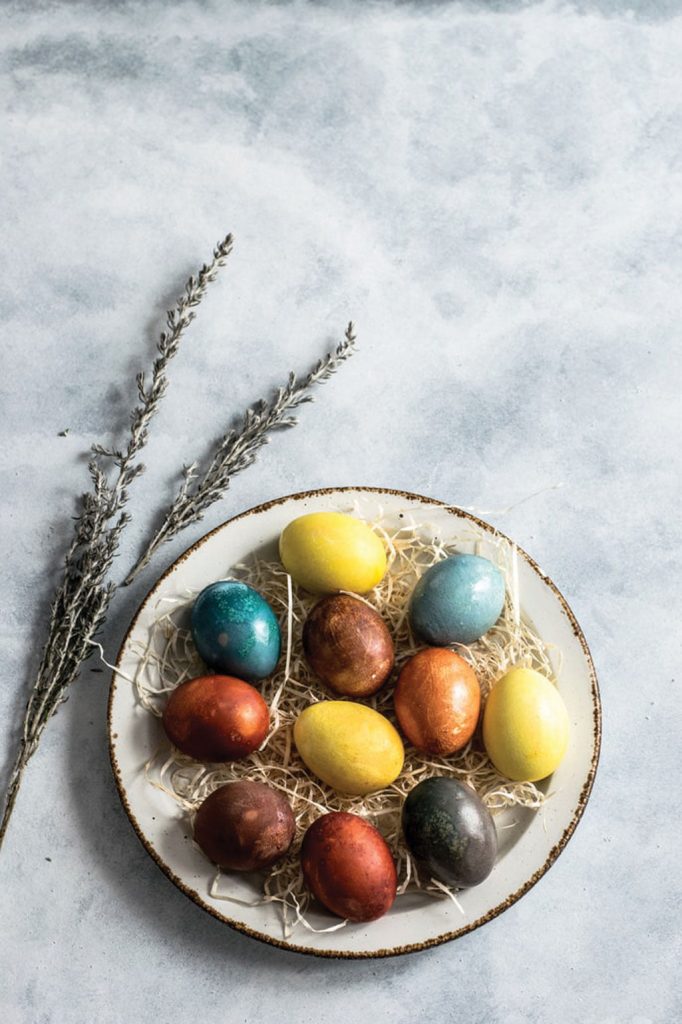
The gifting of beautifully decorated Easter eggs is part of the festival’s celebration.
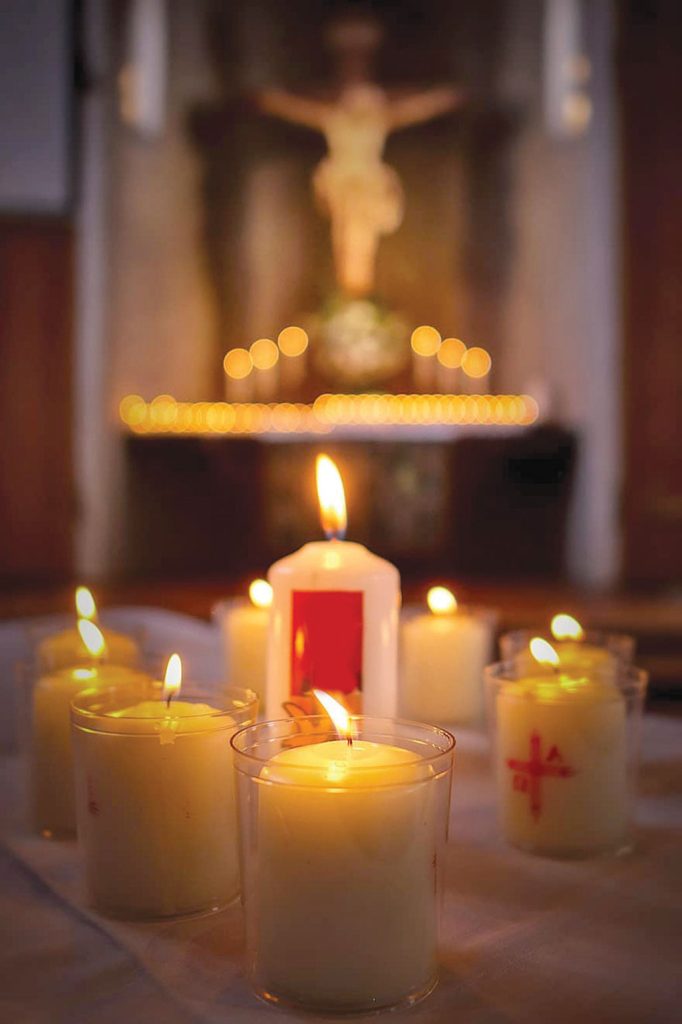
Easter candles are lit from the Holy Fire.
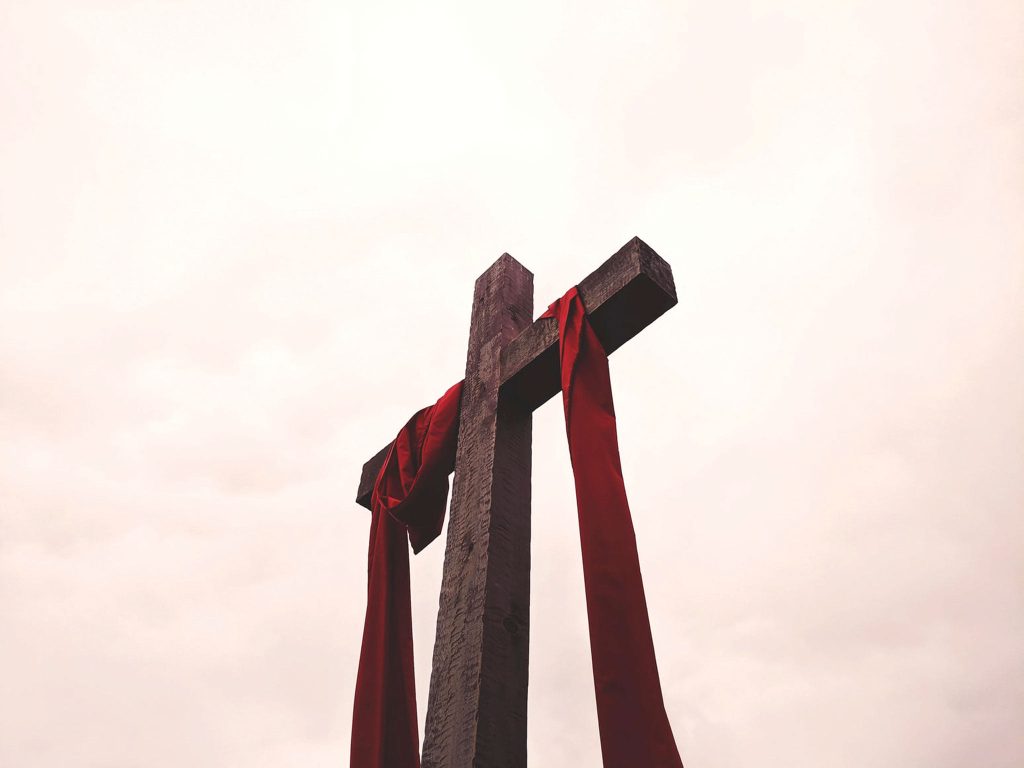
The Holy Cross is a powerful sign of divine love and salvation.


